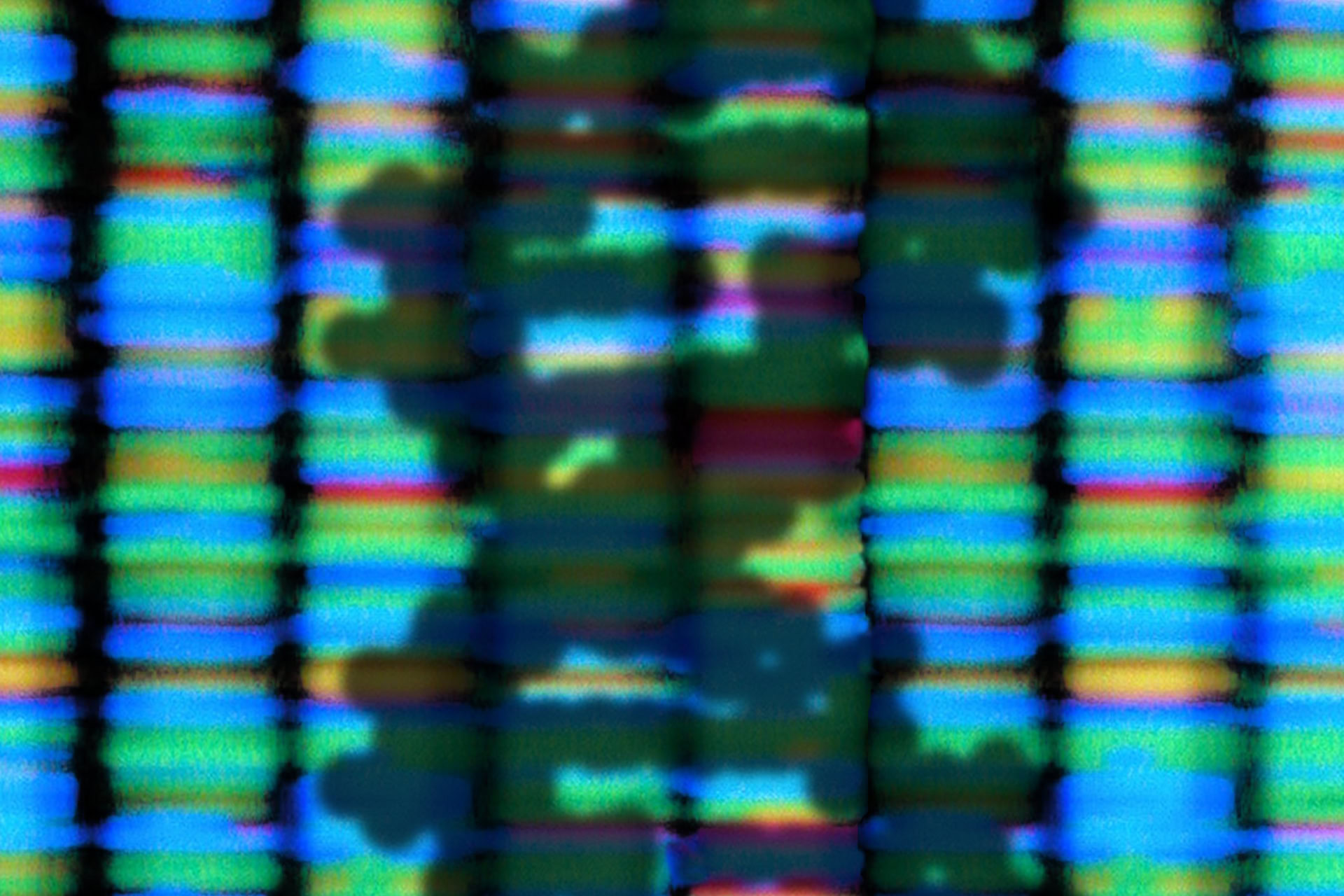Scientists have successfully used gene therapy to alleviate the symptoms of the blood disease haemophilia B in six human volunteers, raising hope for a potential cure.
The study, published in the New England Journal of Medicine (NEJM), is the result of a collaboration between researchers at St Jude Children's Research Hospital in Memphis, USA, and clinicians led by Dr Amit Nathwani at University College London. It has been hailed as a landmark trial as gene therapy has been plagued with unsuccessful clinical outcomes over its 20 year history.
Gene therapy specialist Dr Katherine High of Children's Hospital of Philadelphia, told the New York Times: 'I think it's incredibly exciting, and I say that even though these people are my competitors'. Dr High is in fact listed as a co-author of the paper due to monitoring work performed in her laboratory.
Haemophilia B is an inherited clotting disorder, linked to a defective gene on the X chromosome. The condition is most often found in men as women have two copies of the X chromosome, and are likely to inherit at least one 'correct' copy of the gene.
The disease manifests itself as the inability to produce clotting factor IX (FIX), a key protein in the formation of blood clots. Patients with haemophilia B suffer from spontaneous bleeding episodes and may require weekly infusions of FIX to live normal lives.
In the NEJM study, scientists transferred a working copy of the gene for FIX using a virus to carry it into cells. This carrier, an 'adenoviral vector', is often used in gene therapy to introduce genes into the body. However, the technique has often led to rejection of the carrier or destruction of the viral cells by the body's immune system.
But the researchers made several improvements to the technique. First, they optimised the gene sequence of the FIX gene, to maximise its effectiveness in human cells. Secondly, they used an adenovirus, AAV8, which usually infects monkeys, as the basis for their carrier. It was considered unlikely that AAV8 would provoke a strong immune response in humans. Once inside the body AAV8 targets liver cells: ideal for this study, as the liver normally produces FIX protein.
At the start of the study, the FIX levels in the blood of all six patients were less than one percent of normal levels. On treatment this rose in all patients and those receiving the highest doses saw their FIX levels rise to between seven and 11 percent of the normal amount.
All patients were less likely to suffer spontaneous internal bleeding, and most were able to increase the period between FIX infusions. In patients receiving gene therapy at low and intermediate doses, FIX levels stabilised to between two and three percent of normal, indicating that the FIX protein was now being made by patients' own liver cells.
'Even modest increases that raise FIX production to more than one percent of normal levels have the potential to dramatically affect a patient's quality of life and reduce bleeding episodes', said Dr Andrew Davidoff, chair of the St Jude Department of Surgery.
Dr Edward Tuddenham, director of the Haemophilia Centre at the Royal Free Hospital in London and a co-author on the study, told the New York Times: 'We are pretty close to the sweet spot. If all goes well, a genetic treatment for haemophilia B could be available for widespread use in a couple of years'.
Experts in the field were cautiously optimistic. Liver cells are able to regenerate and it is likely that the patients will need to be re-administered the FIX gene, increasing the risk of immune rejection. The patients also have a slightly higher risk of liver cancer and will be monitored accordingly.
Dr Ron Crystal, chairman of genetic medicine at Weill Cornell Medical College, who was not involved in the study, said: 'I think this is a terrific advance for the field. It's a good lesson in terms of don't give up on good ideas'.
Sources and References
-
Adenovirus-Associated Virus Vector—Mediated Gene Transfer in Hemophilia B
-
Gene therapy achieves early success against hereditary bleeding disorder
-
Commentary and podcast on landmark gene therapy clinical trial for hemophilia B
-
A look at AAV to treat patients with Haemophilia B (Podcast)
-
Gene Therapy Shows Promise for Treating Hemophilia
-
Treatment for Blood Disease Is Gene Therapy Landmark
-
Clinical progress in gene therapy: Sustained partial correction of the bleeding disorder in patients suffering from severe hemophilia B




Leave a Reply
You must be logged in to post a comment.